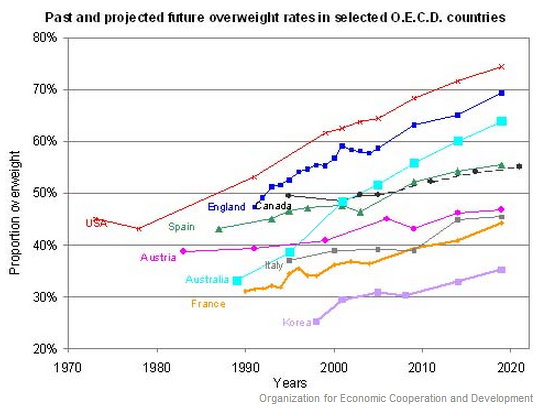Today marks a celebration of the momentous 1963 march on Washington for Civil Rights. We’ve linked to a few Civil Rights movement-related posts here and have embedded Martin Luther King’s famous “I Have a Dream” speech below.
- “The Protest Psychosis”: How African American Civil Rights Activism Was Framed as Mental Illness
- African American Travel During Jim Crow Segregation
- “Black Power” in Playboy and “Slack Power” in an Ad for Pants
- Media Coverage of Occupy Wall Street: Lessons from the Civil Rights Movement
- “I Am a Man”: Black Men’s Claims to Humanity
- How the Kindness of a Black Man Changed the Mind of a KKK Kingpin
Let us remember:
Sociology major, by the way.
Lisa Wade, PhD is an Associate Professor at Tulane University. She is the author of American Hookup, a book about college sexual culture; a textbook about gender; and a forthcoming introductory text: Terrible Magnificent Sociology. You can follow her on Twitter and Instagram.






















